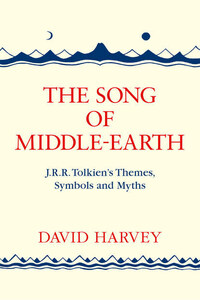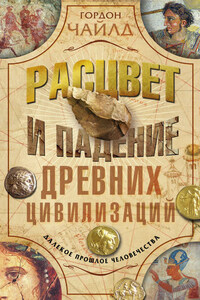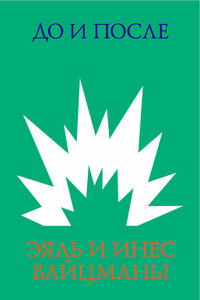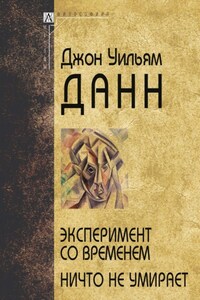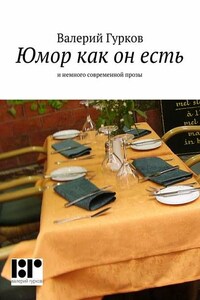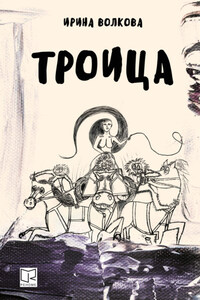THE SONG OF
MIDDLE-EARTH
J.R.R. Tolkien’s Themes, Symbolsand Myths
DAVID HARVEY
COPYRIGHT
Published by HarperCollinsPublishers Ltd
1 London Bridge Street
London SE1 9GF
www.tolkien.co.uk
www.tolkienestate.com
www.harpercollins.co.uk
First published in Great Britain by George Allen & Unwin 1985
Copyright © David Harvey 1985
‘Tolkien’>® is a registered trade mark of The Tolkien Estate Limited
Cover illustration © J.R.R. Tolkien
Cover layout design © HarperCollinsPublishers Ltd 2016
David Harvey asserts the moral right to be identified as the author of this work.
A catalogue copy of this book is available from the British Library
All rights reserved under International and Pan-American Copyright Conventions. By payment of the required fees, you have been granted the non-exclusive, non-transferable right to access and read the text of this e-book on screen. No part of this text may be reproduced, transmitted, down-loaded, decompiled, reverse engineered, or stored in or introduced into any information storage and retrieval system, in any form or by any means, whether electronic or mechanical, now known or hereinafter invented, without the express written permission of HarperCollins.
Source ISBN: 9780008184810
Ebook Edition © July 2016 ISBN: 9780008184827
Version: 2016-06-17
DEDICATION
To my Father and my Wife
with love and thanks
PREFACE
When I was approached about re-releasing “The Song of Middle-earth” I wondered if it would present an opportunity if not to rewrite the text, to revise it in light of the extraordinary amount of material that has been published since 1985 under the collective title of “The History of Middle-earth”.
“The Song” was written in 1985 and shortly after the manuscript was finished “The Book of Lost Tales I” was published. I referred to it in the Foreword to the 1985 printing. I observed that the themes that I discussed in “The Song” were present and what was different was the tale-telling. As further volumes in “The History of Middle-earth” were published the enormous scope of Tolkien’s creation became apparent. What those volumes presented was the way in which the various tales and deep background that Tolkien developed and that formed Tolkien’s sub-creation was published in “The Hobbit”, “The Lord of the Rings” and, posthumously “The Silmarillion” came to be and continued to be developed.
Had I decided to recast “The Song” it would have turned out to be substantively the same book but with a vast array of cross references to the various volumes in “The History” which would interrupt and distract from the narrative of the various arguments that I had developed. Certainly, such an approach would appeal to a completist – and I confess that I am such – but it would produce an book of unwieldy size and unnecessary complexity. Those analytical studies have been produced in the many compendia that have been published about Tolkien’s work and I single out for mention the excellent and extraordinary work of Wayne Hammond and Christina Scull – The J.R.R. Tolkien Companion and Guide in two volumes – the Chronology and The Readers Guide.
In addition there has been an extraordinary amount of other scholarship that has been published since 1985, and a proper recasting of “The Song” would necessarily require a consideration of these subsequent works. The result would be a completely different work from that which is before you.
My conclusion was to let the text stand as it was originally written. Its approach was a thematic one and Tolkien’s texts – The Hobbit, The Lord of the Rings, The Silmarillion formed a “canon”. Unfinished Tales shed a little extra light on the nature of the creation and some different tale-telling. External published sources such as Tolkien’s Letters and Humphrey Carpenter’s Biography provided some added assistance. But I thought that the best approach was to use the published canon – a discrete set of material that provided a defined compass for an examination not so much of tale-telling – to which I will return – but of the way in which the various themes within a mythos were developed and realised.
I have noted above that The History provides us with an insight into the creative process. It is also an example of the way in which story-telling develops. Many mythological structures derive from oral tale telling. What survives as Homer’s Iliad and Odyssey was originally an oral tale with frequent use of mnemonic structures to assist the tale teller. Inevitably there are shifts in the tale as the story is taken up and recounted by other tale tellers. The fundamental tale may remain the same in terms of major plot development and the themes that underlie it. But the telling of the tale itself may shift either subtly or significantly. In some respects
